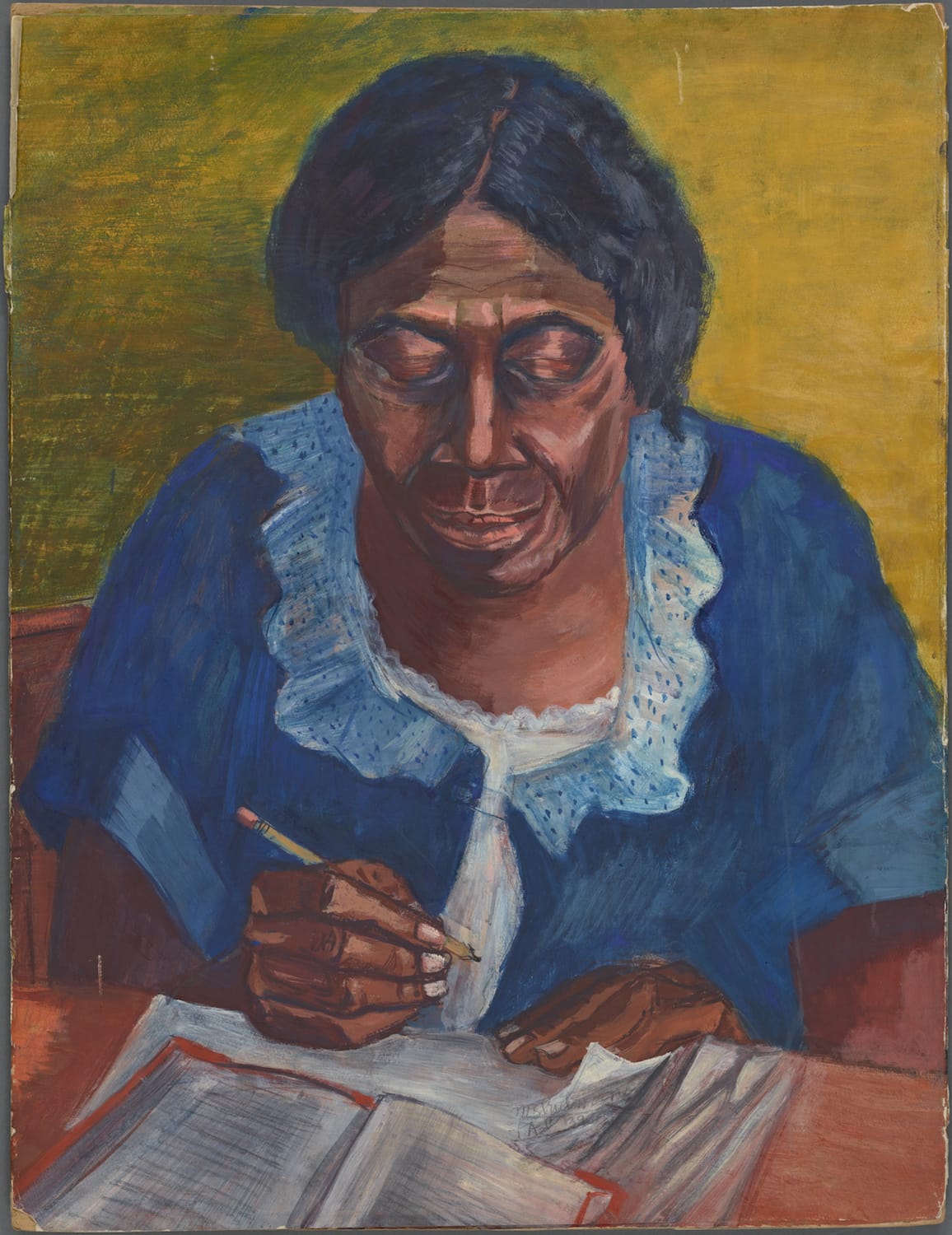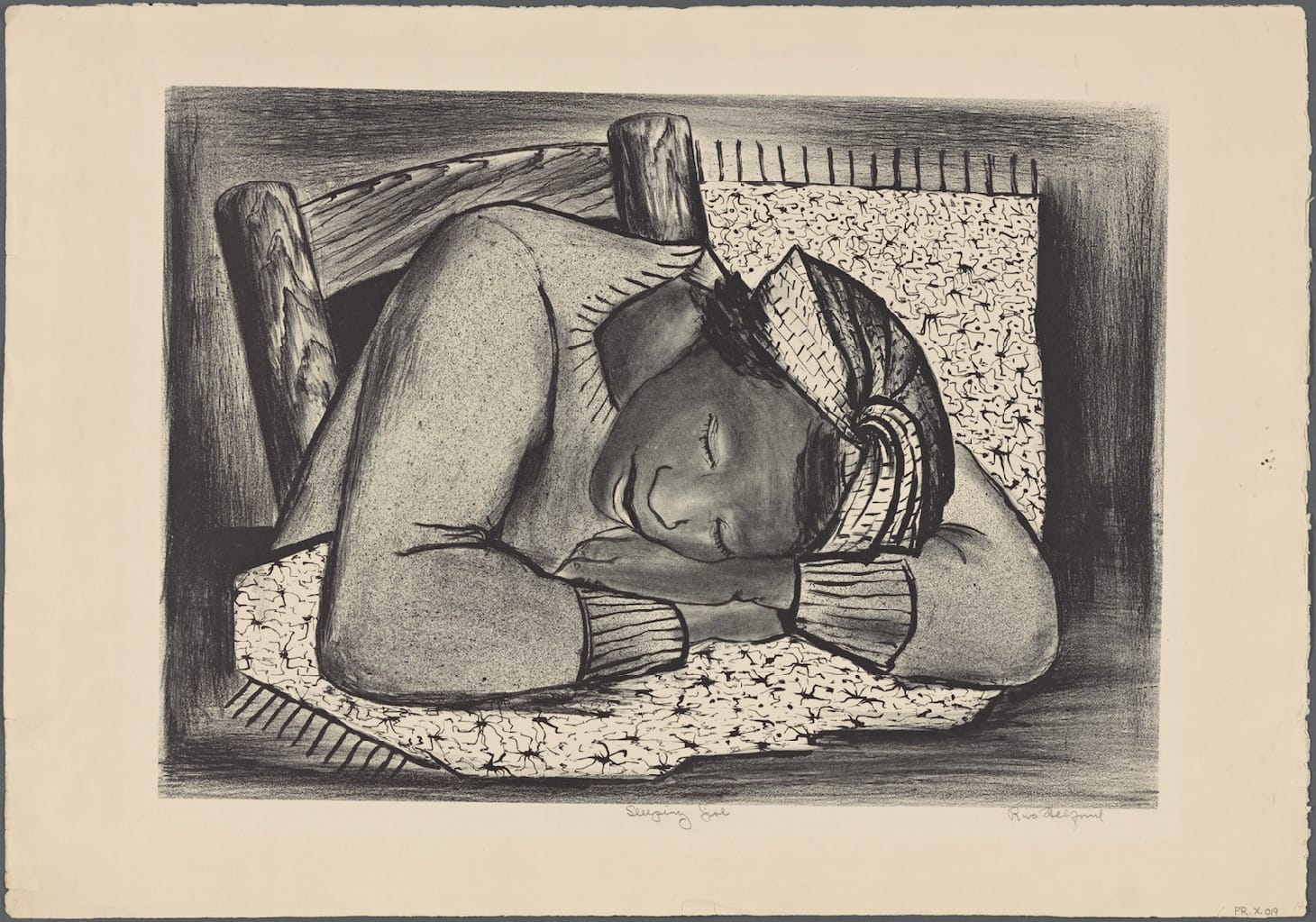An Iconic Collection of African American Culture Moves Back to Its Harlem Home
The Art & Artifacts division of the Schomburg Center for Research in Black Culture in Harlem has finally moved its collection back home after years of offsite storage.
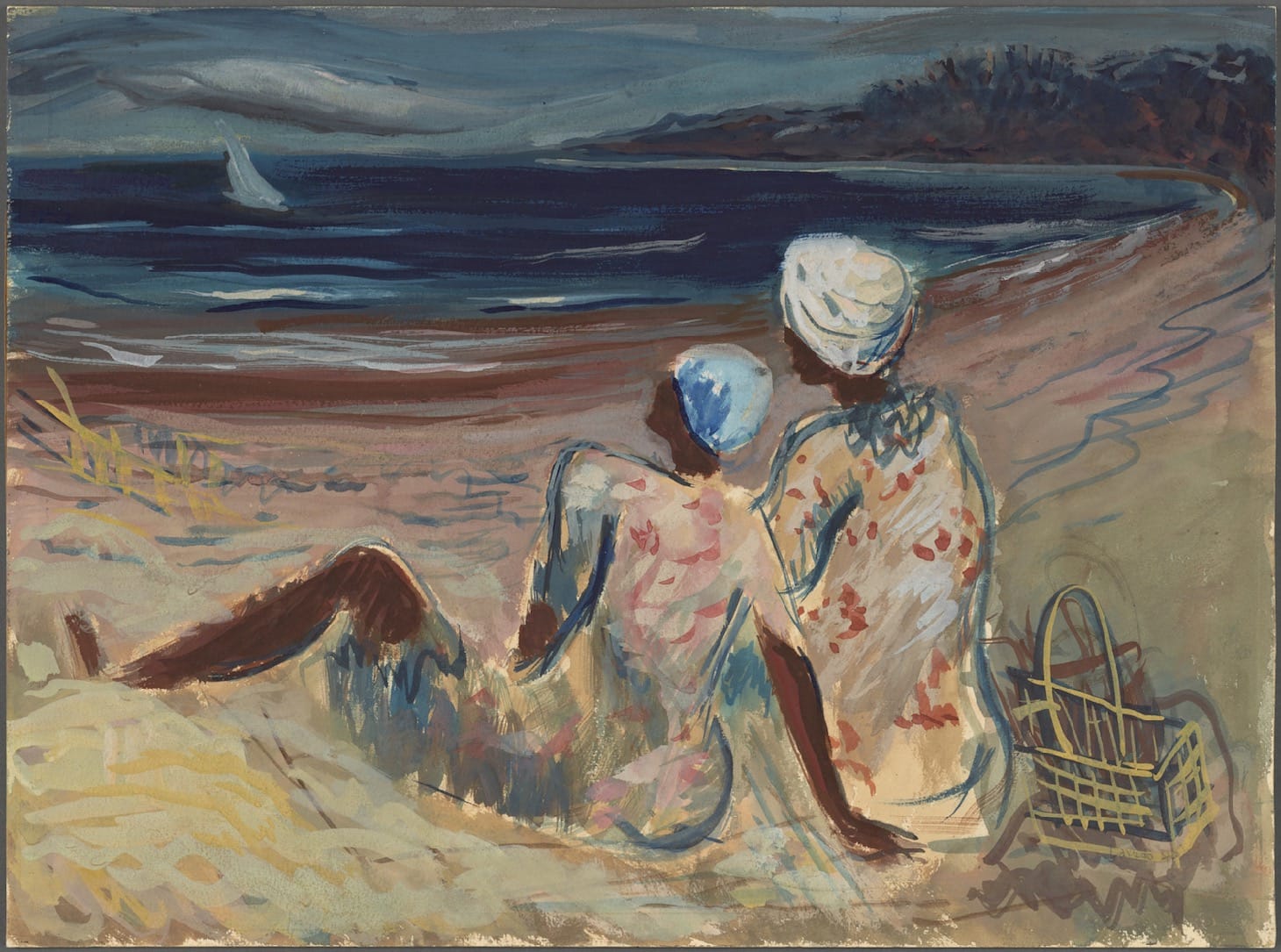
As part of a $22.3 million renovation, the Art & Artifacts division of the Schomburg Center for Research in Black Culture in Harlem has reopened and moved its collection back home in spring 2019 after two and a half years of offsite storage. The Art & Artifacts division, headed by Curator Tammi Lawson, is an expansive collection of 15,000 objects that document the African Diaspora, broadly sorted into four main categories: African art; painting and sculpture; works on paper; and textiles and artifacts. “I’m honored to service the public in our newly renovated state of the art reading room,” Lawson told Hyperallergic. “We’ve gained 1300% more space, which allows us to showcase a broader array of our rich collections.”

A sampling of the Schomburg’s African art holdings spans geographic regions including Ghana, the Democratic Republic of Congo, Nigeria, Gabon, Cameroon, Burkina Faso, Mali, Morocco, Ivory Coast, Surinam, South America, and the Caribbean. These collections comprise masks, statuary, instruments, weaponry, jewelry, and utilitarian objects. A quick perusal of the New York Public Library’s Digital Gallery, (which presents objects in the collection in the public domain), reveals an interesting work from the Melville and Francis Herskovits Collection: a yellow-and-red hued, cotton, linen, and damask appliqué from the Fon, an ethnic group in Benin. Created in 1936, the object features an image of a woman breastfeeding. Perspective is flattened, and the woman’s breasts jut out to the viewer’s left, clearly demonstrating her fecundity.
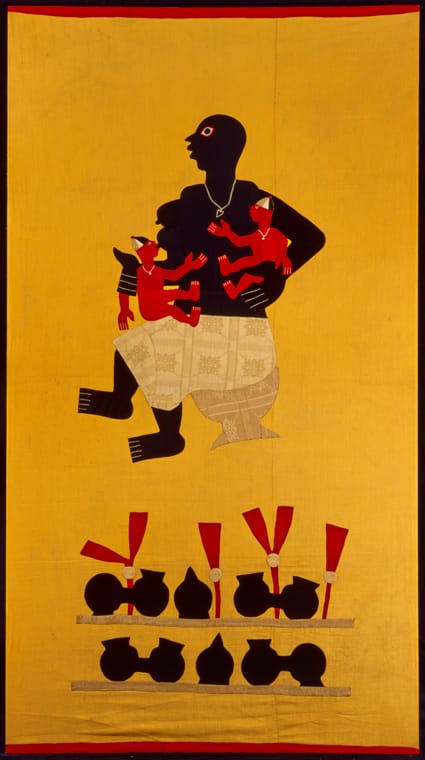
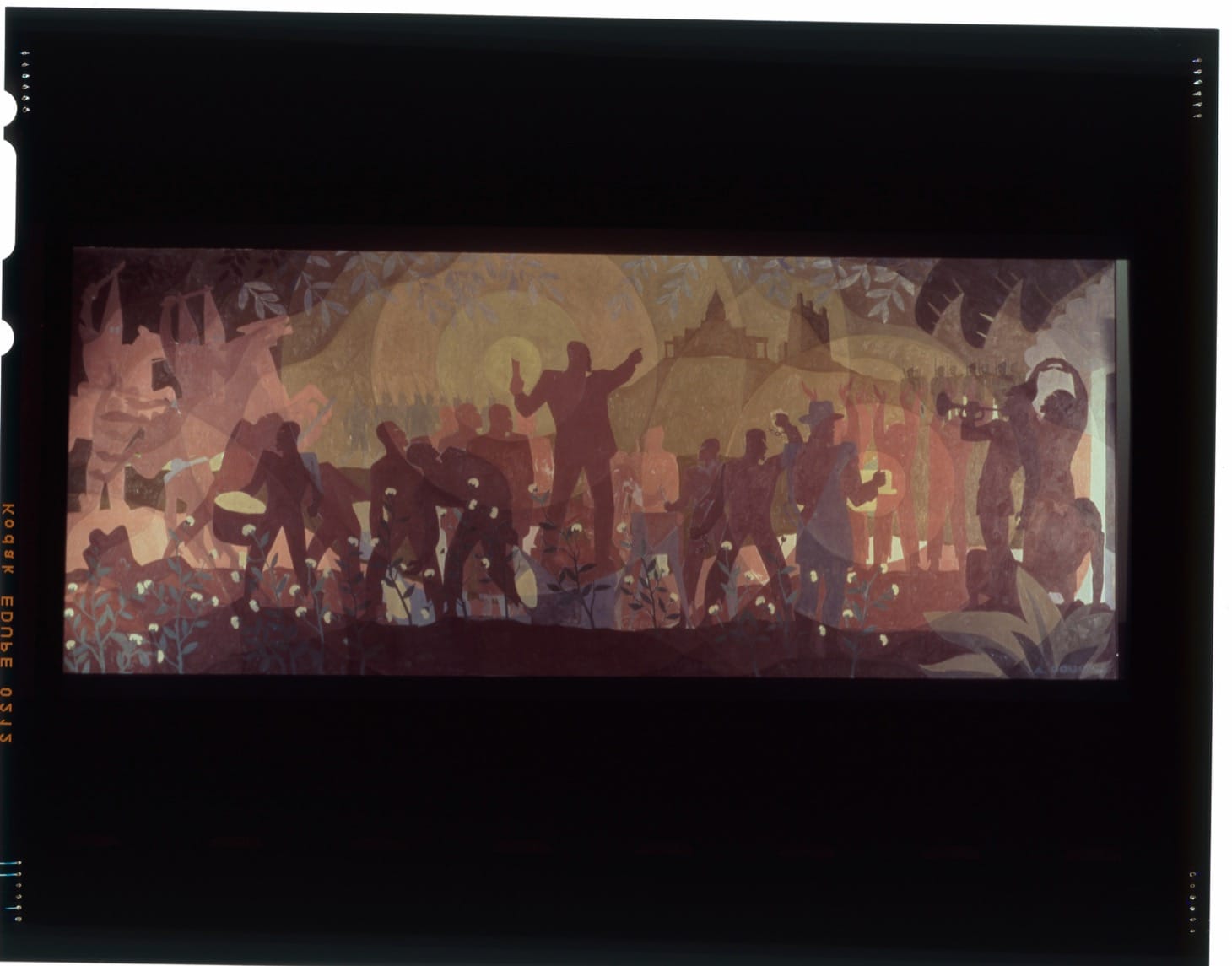
In addition to African art, a core strength of the Art & Artifacts division is fine art from the Harlem Renaissance, WPA, and Black Arts Movement. The Works Progress Administration collection contains an array of lithographs, etchings, drawings, paintings, and sculpture from 1935–1943 both by artists who have received acclaim, like Dox Thrash and Charles White, and by others who remain largely unknown. This collection also boasts the largest collection of works by sculptor Augusta Savage in a public institution, work by Elizabeth Catlett, and paintings from artists including Faith Ringgold, Archibald John Motley, Jr., Alice Neel, Romare Bearden, Norman Lewis, and Edward Clark, as well as Black Arts Movement’s artist collective groups Weusi and AfriCobra.

The Division’s Ephemera and Material Culture collections include over 5,000 posters that span 40 different thematic classifications, including: the Reddy South African Anti-Apartheid Poster collection; US Political; campaigns; dance; film; conference and lectures; art exhibitions; and travel and military. In the final category, a 1940–45 poster shows a Black fighter pilot with the text: “Keep us flying: Buy War Bonds” — a plea to audiences to invest in the war effort.
The Ephemera and Material Culture collections also include stamps, buttons, medallions, and medals that document movements including Black Power, the Poor People’s Campaign, and Marcus Garvey’s U.N.I.A (United Negro Improvement Association). A notable collection is Middleton Alexander “Spike” Harris’s group of abolitionist coins, which contains an example of the well-known “Am I Not A Man and a Brother.”

The aforementioned pieces largely feature positive messages meant to spread a call to action, to vote, or to support. However, the Ephemera and Material Culture collections also includes disturbing artifacts, such as KKK robes and slave shackles, and offensive materials like lantern slide illustrations and Staffordshire figurines of Uncle Tom’s Cabin.
The Schomburg is a division of the New York Public Library, and as such doesn’t have extensive exhibition space. However, visiting the library is free and access to the Art & Artifacts division’s collection is available (by appointment only) to anyone with a library card. Fill out a research request, and the objects you’re interested in will be brought out for your viewing. This offers the curious, art enthusiasts, and researchers an opportunity to engage one on one with a remarkable collection.
